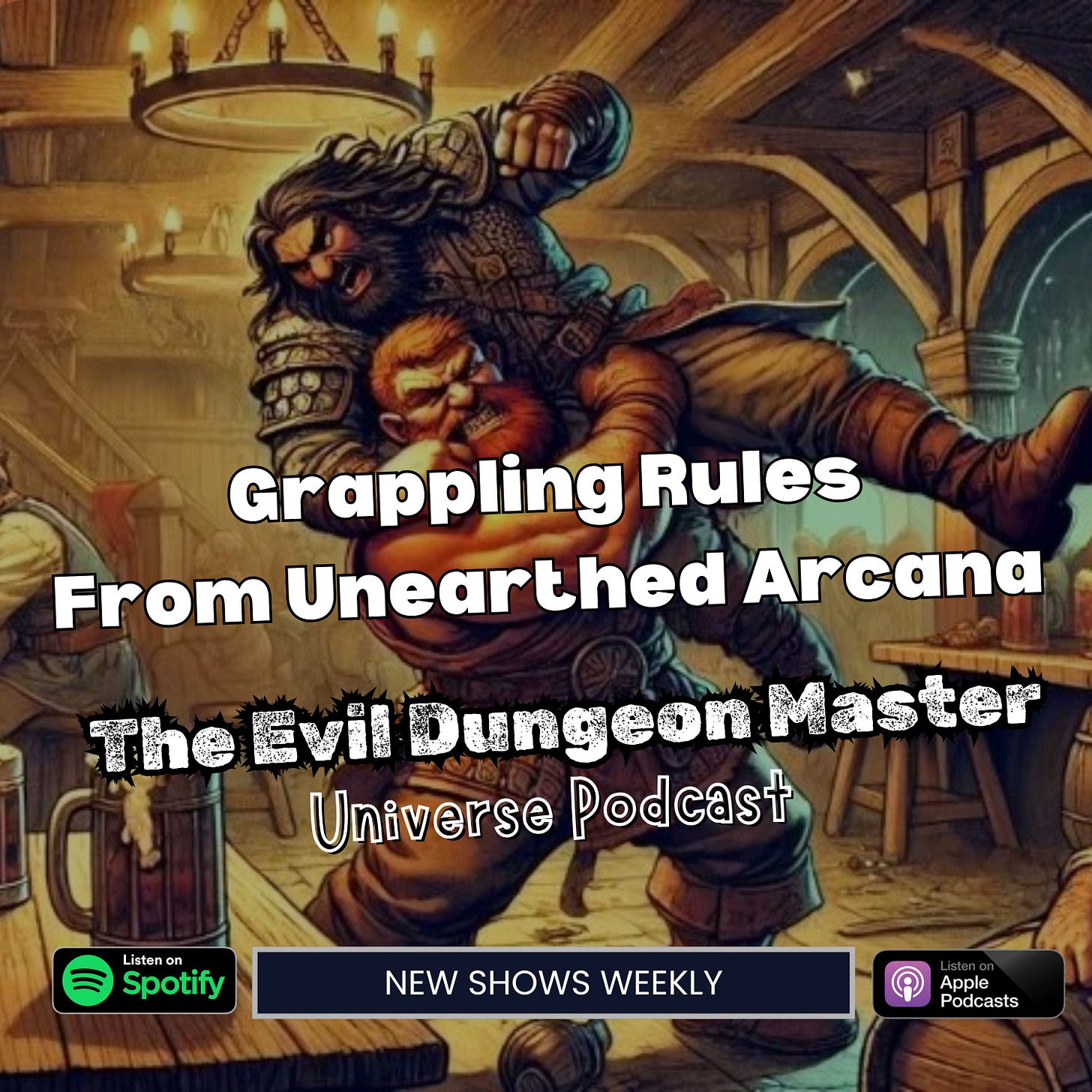
Have you ever heard of grappling in a game? It’s a pretty cool tactic you can use during combat, and it’s available to any creature that can hold onto their opponent. But there are some exceptions. Creatures that don’t have a physical form, like ghosts or certain slimes, can’t really grapple. Even a creature like a beholder or an orc tied up can’t engage in this tactic.
So, what is grappling? It’s mainly used to hold an opponent back so they can’t act. It’s like tackling someone in a game of football—it stops them from running or making a play. When you successfully grapple someone, they can’t do much for the rest of that round. They’re also easier to hit, which means your teammates can take advantage of the situation and attack.
Now, how does grappling actually happen during a game? First, you need to find out the defender’s armor class. This is just a way to see how difficult it is to hit them. When you make your attack, you roll the dice to see if you grab them or not. Keep in mind that regular armor doesn’t help much here. Since grappling targets the arms and legs, the protective gear might not cover these parts very well.
When you grapple someone, you don’t actually do any damage. But if you succeed, the person you grapple loses their turn. They also have negative effects on their ability to fight back. Instead of being nimble, they find it harder to dodge attacks, making them easy pickings for you and your friends!
The hold you have on someone can last until it gets broken. There are a few ways for a grappling hold to be released. The person grappling can choose to let go. Or, if the person being grappled can manage to attack and hit the grappler, they can break free. But it won’t be easy! When grapplers hold on, they sometimes get to keep their magical bonuses, making them harder to hit.
If the grappled opponent can make their own grappling attempt on the round after they were held, they can try to escape. They won’t face any penalties for being grappled, giving them a fair chance to break free. Some clever thieves or acrobats even have special tricks, allowing them to tumble out of the hold as if escaping a tricky situation.
Interestingly, if someone is grappled, they can also become part of a pummeling attack. This means if you’re strong enough, you can use the person you’re holding as a weapon against someone else! Imagine that big orc you’ve grabbed swinging their buddy around!
But what about those stronger opponents? If you’re fighting someone with multiple attacks, grappling can only neutralize one of those attacks. For example, if a giant scorpion is clawing at you with its pincers, grappling can stop one of the claws, but not both.
Multiple grappling attempts can also be done when you have help. If a group of goblins tries to join in on grappling, you only need one roll, but you get extra bonuses for each extra goblin that joins the action. The maximum number of attackers depends on how big the creature is that you’re trying to hold down. If it’s a small creature, like a goblin, up to three small-sized attackers can join in. But if you’re dealing with a large creature, the number changes.
To put it simply, in the world of grappling, teamwork can pay off well. A small creature can be easily held by several others. For example, if a big creature is flat on the ground, eight small-sized attackers can grapple it at once—talk about teamwork!
Grappling is such a fascinating part of combat. It involves strategy, teamwork, and a little bit of luck with the dice rolls. Knowing how it works can make a big difference in your games, giving you the edge when you need to hold your enemies back while your friends go for the win. So next time you’re in a combat scenario, consider the power of grappling. It might just turn the tide in your favor!











